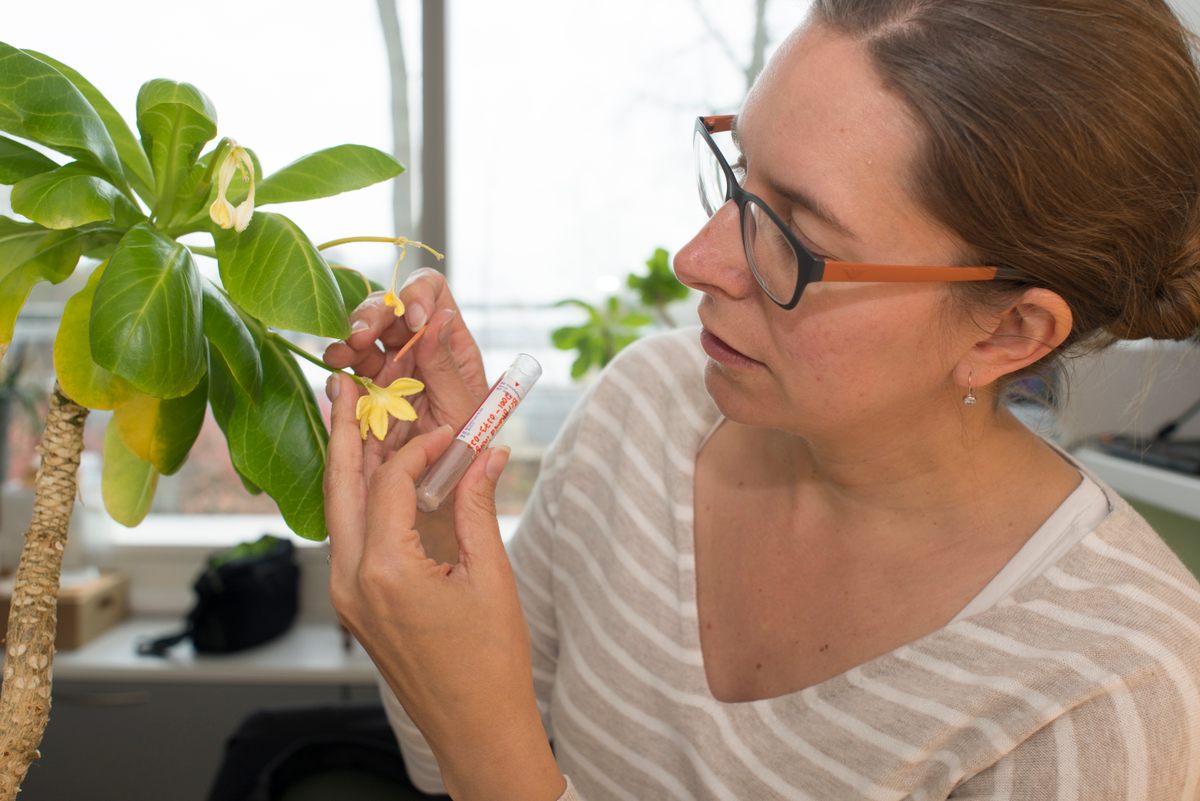World
New Plant Species Threaten Svalbard’s Native Flora

Researchers are increasingly concerned about the discovery of new plant species in Svalbard, an area that’s been relatively safe from significant threats to its biodiversity. With the Arctic changing rapidly, experts are investigating the potential risks these non-native species pose to local plants.
According to Kristine Bakke Westergaard, an associate professor at the Norwegian University of Science and Technology (NTNU), the risks are rising. She explains that increased human activity—from cruise ships to other tourist attractions—heightens the chance that new plants could be introduced to the region. Climate change also plays a role, making it easier for invasive species to gain a foothold.
Non-native plants can easily outcompete the hardy local flora, disrupting the delicate ecological balance. Unlike Antarctica, where strict measures are in place to prevent such introductions, Svalbard lacks biosecurity protocols. Visitors are not routinely checked for biological stowaways, such as contaminated shoes or soil with hidden seeds.
As temperatures rise, the potential for these newcomers to thrive in Svalbard grows. James Speed, a professor at NTNU’s Department of Natural History, has developed models to assess 27 non-native plant species and their ability to adapt to new habitats in the area. Currently, these species are only found in populated regions, but that could soon change.
The researchers identified three specific species that pose particular risks if they expand their reach in Svalbard. Areas like the uninhabited islands of Edgeøya and Barentsøya, along with Bjørnåya, are at the greatest risk as warming continues to affect these regions.
Speed noted that, as climate conditions improve for many of these non-native plants, they could spread much further than currently observed. Limited access to nutrient-rich soil has helped keep their numbers down, but that restriction may not last as environmental changes take hold.
The urgency for action is clear. The researchers urge environmental authorities to take decisive steps to prevent the spread of these invasive species. Without proper measures in place, the Arctic ecosystem could soon face overwhelming challenges from plants that don’t belong there.
This research is part of the Biodiversa project ASICS, which focuses on assessing the impacts of climate change and biological invasions on biodiversity in cold environments. The Norwegian team is supported by the Research Council of Norway, alongside collaborators from organizations like the South African National Research Foundation and the Millennium BASE Institute.












